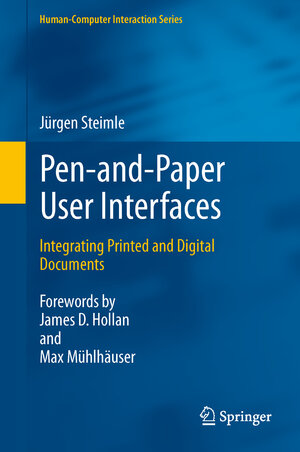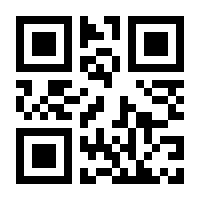
Pen-and-Paper User Interfaces
Integrating Printed and Digital Documents
von Jürgen Steimle, Vorwort von Max Mühlhäuser und Vorwort von James D. HollanEven at the beginning of the 21st century, we are far from becoming paperless. Pen and paper is still the only truly ubiquitous information processing technology. Pen-and-paper user interfaces bridge the gap between paper and the digital world. Rather than replacing paper with electronic media, they seamlessly integrate both worlds in a hybrid user interface. Classical paper documents become interactive. This opens up a huge field of novel computer applications at our workplaces and in our homes.
This book provides readers with a broad and extensive overview of the field, so as to provide a full and up-to-date picture of pen-and-paper computing. It covers the underlying technologies, reviews the variety of modern interface concepts and discusses future directions of pen-and-paper computing. Based on the author’s award-winning dissertation, the book also provides the first theoretical interaction model of pen-and-paper user interfaces and an integrated set of interaction techniques for knowledge workers. The model proposes a ‘construction set’ of core interactions that are helpful in designing solutions that address the diversity of pen-and-paper environments. The interaction techniques, concrete instantiations of the model, provide innovative support for working with printed and digital documents. They integrate well-established paper-based practices with concepts derived from hypertext and social media.
Researchers, practitioners who are considering deploying pen-and-paper user interfaces in real-world projects, and interested readers from other research disciplines will find the book an invaluable reference source. Also, it provides an introduction to pen-and-paper computing for the academic curriculum.
The present book was overdue: a thorough, concise, and well-organized compendium of marriages between paper-based and electronic documents.
Max Mühlhäuser, Technische UniversitätDarmstadt
Everyone interested in how to design for real-world activities would profit from reading this book.
James D. Hollan, University of California, San Diego



